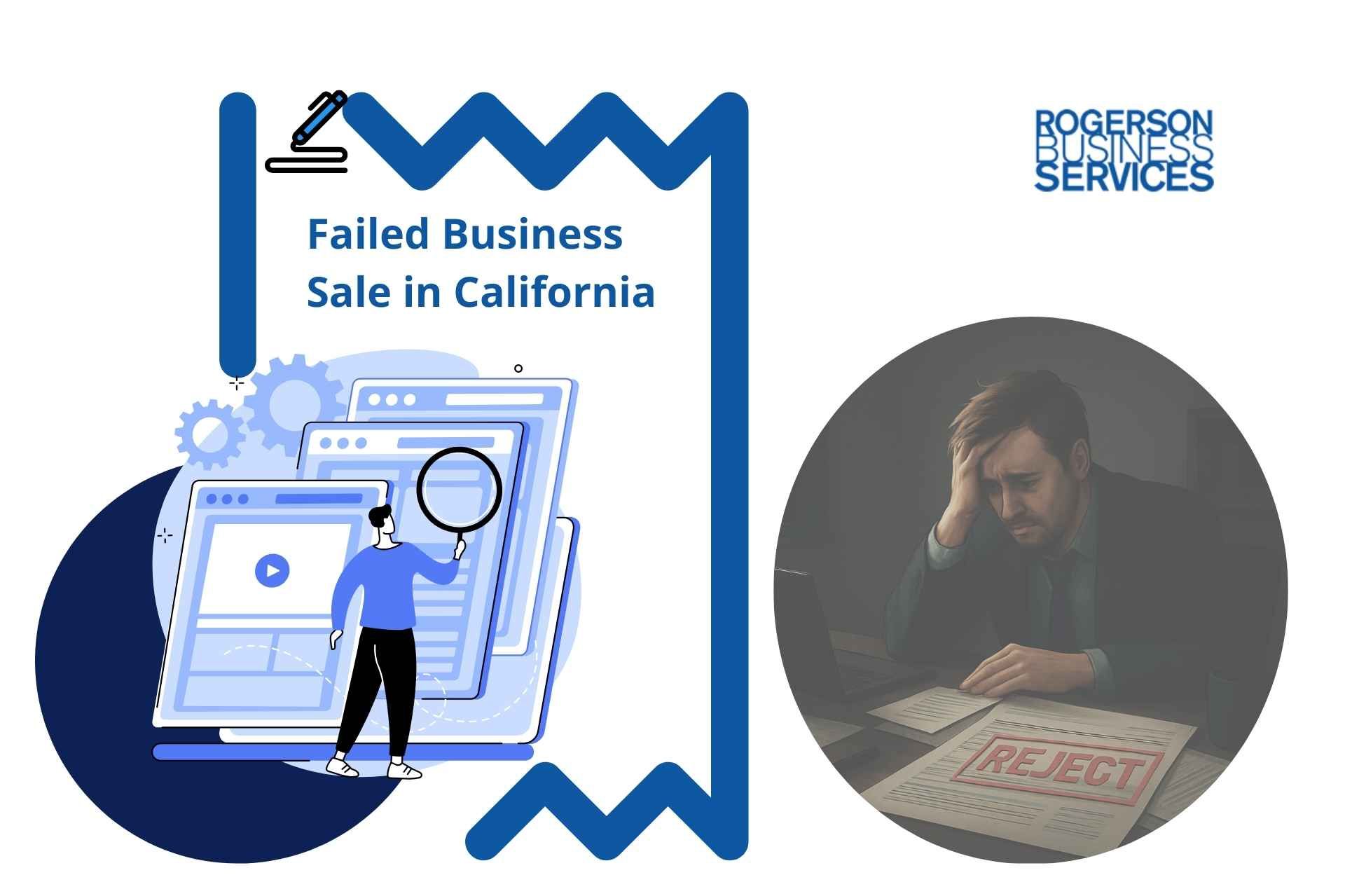What Is Negotiation | M&A Deal Structure
What Is Negotiation?
Negotiation is when two or more parties communicate to find common ground. It is an essential element of any deal and often the most challenging due to the subjective nature of the matter.

In business, you may use deal negotiation to facilitate mergers and acquisitions (M&A). The purpose of negotiation is to reach a mutually beneficial agreement that serves the needs of all parties.
Negotiation Key Factors
Negotiation is a delicate art. There are specific approaches that you can take to ensure you get what you're looking for in a negotiation, and there are others that will only lead to disaster.
Price
Price is usually the first thing discussed in negotiations, as it shows the buyer's interest in the business that is up for sale, and gives the seller an idea of how much room they have to maneuver.
In an M&A negotiation, price is perhaps one of the most challenging issues to agree on, mainly due to differing expectations from the seller and the buyer. Use the following guidelines to help you come to an agreeable price.
Determine the Value of the Business
Every business has a different price tag depending on the value of the product or service it provides, the maturity of its market, and its financial health.
The EBITDA valuation formula is an excellent way to determine the fair value of a lower middle market business.
The first approach uses operating income as a starting point. Operating income is the profit made after taking out all your expenses.
So you take your operating income and add the depreciation and amortization expenses.
The second approach starts with the net income of the company.
You then add the tax, interest, expenses, depreciation, and amortization. The resulting figure is your EBITDA.
Understand What Is Important to the Other Party
Use value drivers to help you determine the other party's interests. Value drivers are critical financial metrics that drive the value of a business. They include:
- Financial performance
- Dependency level
- Opportunity to grow
- Revenue structure
- Scarcity factor
- Number of customers
When you know these value drivers, aligning your buyer's goals with your company's strengths becomes easier. An experienced and well organized M&A deal team can help you with building your company's value and negotiate the best deal.
Determine What You Are Willing To Concede
As with any negotiation, you want to leverage your strengths while giving up on areas that are not very important to you.
Here are four essential guidelines to get the most out of your negotiation:
- Do not make any concessions unless you have to.
- Keep track of your benefits.
- For each concession, quantify it and ensure you get something in return.
- Don't concede anything strategically crucial to you.
Remain Flexible and Be Prepared to Compromise
Flexibility is one of the essential qualities of a negotiator.
There are times when you may need to compromise. Here are tips on how to do it:
- Map out your priorities and the areas of the negotiation that you feel will get you closest to your goal.
- Listen intently to everything the other party says. Ensure you understand what they are asking for and why they request it.
- Find some common ground. Find equal footing where you can agree and use this as a bargaining chip. For example, if the other party is very interested in your patents, show them you're willing to discuss them.
- Come up with alternatives that may be acceptable to both parties.
Terms
The terms of an M&A negotiation are essential because they will directly impact your existing business and your new one.
The parties must agree on:
- The closing date,
- Escrow duration,
- Warranties,
- And purchase price.
Every term in a contract negotiation should serve the interests of both parties.
A simple misconception in M&A negotiations can lead to disagreements. Conflict resolution requires you to employ open and honest communication. Listen carefully to the other party and ensure you understand everything they say.
As we've established, both parties must make concessions within their respective agendas. Compromise is necessary to arrive at a mutually agreeable outcome to the business negotiation. For deals to close successfully, the parties must trust one another.
Length of the Contract
The transaction type primarily determines the contract duration. Due to the deal's complexity, most transactions will go on for four to six months, if not more.
Termination Clauses
Discuss the valid terms that would allow either party to terminate the contract. As the agreement is legally binding, it is essential that you both carefully examine the clauses and decide whether or not they are acceptable to each party.
Liquidated Damages
Both parties should enter into a liquidated damages clause. This stipulates that the injured party may be compensated for any damages in case of a breach of contract.
However, it is essential to proceed with caution, as they may hold you financially liable even if the breach is due to force majeure.
Confidentiality and Non-compete Clauses
Confidentiality clauses stipulate the extent to which you will be required not to disclose confidential information regarding the deal.
A non-compete clause outlines the period you must refrain from entering into another business arrangement that conflicts with the agreement.
Escrow Arrangements
Both parties must agree on how long the escrow agreement will last. There are benefits to both short and long-term escrow times. Short escrows are ideal when there is a sense of urgency, and both parties want to get things done quickly.
Warranties and Indemnities
Ensure that the warranties made in the contract are sufficient to protect you from legal action by the other party. Be wary of any warranty that contains loose wording and vague language.
Conditions
Both parties should agree to a set of criteria that will allow the contract to be met before the deal can go through. For example, the buyer may want to ensure the sale has approval from the board of directors before closing.
The Parties Involved in the Negotiation
Discuss who will be involved in the M&A negotiations, who will be either party's representatives and their levels of authority.
The Timeframe in Which the Negotiation Needs To Be Completed
The timeframe for the transaction should be clearly defined before the negotiation commences. The timeline for the M&A negotiation is essential for business decision-making. It's also important to discuss any deadlines that either party must meet.
The Objectives of the Negotiation
Describe clearly the negotiation's primary objective and ensure both parties have a chance to express their intentions.
The Available Resources of Each Party
Both parties should clearly understand the available resources at their disposal. Each side needs to know its financial capabilities, strengths, weaknesses, and any limitations that may present a problem during the deal negotiation process.
The Interests of the Parties Involved
It is also necessary to determine what each side hopes to gain from the negotiation. Are the buyers primarily looking to improve profitability, gain new markets, or increase revenue?
Any Potential Obstacles
Discuss any potential obstacles that could impede the negotiations, including the influence of various stakeholders and third parties. Highlight the downsides present in each party's position and, where possible, work to neutralize the effect.
Due Diligence
Both parties will normally do due diligence in negotiation to look into their counterpart's financial standing and legal dangers before committing to any business.
A thorough analysis of the company's market share, competitors, and policies is vital to determine the viability of any deal.
The Financial Stability of Both Parties
Ensure the buyer's financial situation is strong enough to support the purchase. Also, confirm that the company has enough cash flow to move forward with the deal and a strong enough balance sheet to support the expenses and incentivize employees.
The Legal Structure of the Deal
Due to the complexity and the potential risks associated with entering a new market, it is essential to ensure that each party's legal status is sound. Decide how to structure the deal. You can choose to form a separate legal entity or acquire an existing company.
The Tax Implications of the Deal
The tax implications of an M&A transaction can vary widely depending on the type of transaction you're completing. Understand the full tax implications and ensure that both parties file accurate taxes.
The Accounting Implications of the Deal
Both parties should be prepared to account for any assets they may include in the deal. These assets can range from the land under an office building to the intellectual property and databases of an entire organization.
The Regulatory Environment
Carry out research and understand how the regulatory environment affects the market you're entering in California. This element can significantly impact both parties, especially the buyer taking on new responsibilities.
The Competitive Landscape
Understanding the market competitiveness and how you will benefit from entering it is essential. You should gather information on each party's competitors and identify how your strengths can help you stand out.
Considering Selling Your Business? Get a Sell-Side Deal Team on Your Side
M&A transactions can be very complex and risky. However, with the proper research and planning, you will have a better chance of success. A sell-side deal team of advisors who will help you find suitable buyers, structure the deal, and negotiate the best possible price.
Final Take
If you are a retiring business owner looking to exit your lower middle market business in California, here are five tips to get you started:
1. Don't wait until the last minute to start planning your exit. The process of selling a lower middle market business can take a long time, so it's important to start early.
2. Have a clear idea of what you want to get out of the sale. Know your goals and what you're willing to negotiate.
3. Choose the right type of buyer. Not all buyers are created equal, so do your research and find the right one for your business.
4. Be prepared for a lot of due diligence. M&A buy-side due diligence is when buyers will want to know everything about your business, so be ready to provide documentation and answer questions.
5. Be flexible with the terms and conditions of the deal. It's important to be open to negotiation to get the best possible deal for your business.
Rogerson Business Services, also known as, California's lower middle market business broker is a sell-side M&A advisory firm that has closed many of lower middle-market deals in California. We are dedicated to helping our clients maximize value and achieve their desired outcomes.
We have a deep understanding of the Californian market and an extensive network of buyers, which allows us to get the best possible price for our clients. We also provide comprehensive support throughout the entire process, from initial valuation to post-closing integration.
Our hands-on approach and commitment to our client's success set us apart from other firms in the industry. If you consider selling your lower middle market business, we would be honored to help you navigate the process and realize your goals.
If you have decided to value and then sell your lower middle market business or still not ready, get started here, or call Andrew Rogerson, Certified M&A Advisor, so we can understand your pain points better and prioritize your inquiry with Rogerson Business Services, RBS Advisors.
This is part of hiring an M&A Deal Team tips to answer some FAQs about the deal structure & transaction series ->
Hey there! Can we send you a gift?
We just wanted to say hi and thanks for stopping by our little corner of the web. :) we'd love to offer you a cup of coffee/tea, but, alas, this is the Internet.
However, we think you'll love our email newsletter about building value and properly position your company before transition/exit your business ownership.
As a special welcome gift for subscribing, you'll also get our helping and educational guides, tips, tutorials, etc.. for free.
It's filled with the best practices for retiring serial business owners like Dan Gilbert, Larry Ellison, Warren Buffett, and many more.
Just sign up for our emails below.


